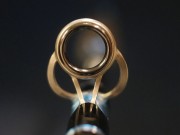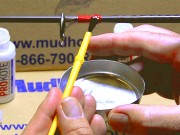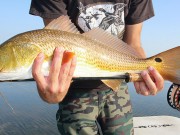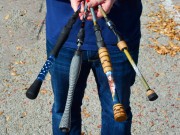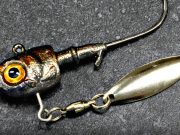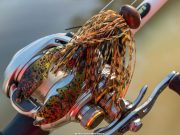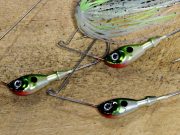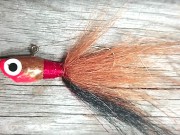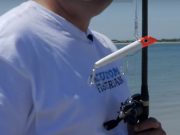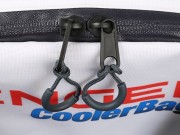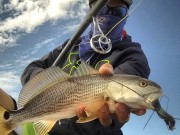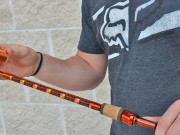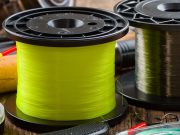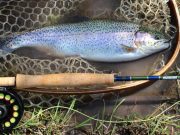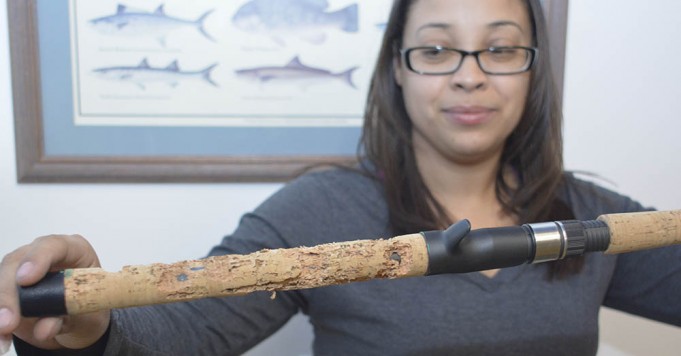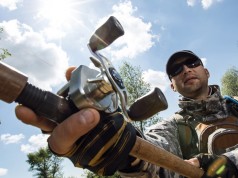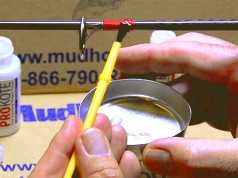As time goes by, our favorite fishing rods really take a beating, and often the grips become so worn and chipped that it starts to affect your fishing. Unless your grips suffer a complete failure, consider these tips for repairing your cork and EVA grips.
This article highlights some common best practices for maintaining or repairing your EVA and cork fishing rod handles and grips.
Cleaning Existing Cork and EVA Handles
Note: To be safe, always use any recommendations the manufacturer may list, or test on scrap pieces if available – just to make sure you are happy with the results.
In general though, here are a few suggestions;
First, you can try using some warm – lightly soapy – water and a sponge. Gently rub the sponge over the grip and you may need a little more pressure for problem areas. When finished, be sure to use plain water to wash all the soapy residual off.
For cork handles – let the cork dry completely AFTER Application.
Then, try applying a sealant like Cork Seal by U-40, it’s only about $5.
Cork Seal is designed to seal the surface of cork rod handles. It prevents the penetration of soils and other foreign matter transferred to the grip area from the fisherman’s hands.
It also enhances that “cork feel” and toughens the cork to aid in the prevention of sloughing and chipping of the cork surface.
Cork Seal soaks into the cork and seals in depth. Once it is dry – dirt, grime, and even salmon egg residue are easily washed off with soap and water.
Second, we have heard that many fisherman use Mr. Clean eraser pads. Start by getting them little wet, and then gently rub over the cork handle, with a bit more attention to problem areas. Looks like new afterwards.
Again, once the cork handle completely dries, apply cork sealant.
Repairing Existing Cork Handles
Over time cork handles can not only get dirty, but also dry out and crack – or develop small areas where the cork may have chipped off.
To fill in those cracks (or even fill in smaller holes) try using Elmer’s Carpenter’s Wood Filler.

This works excellent on all kinds of cork grips and can be used to repair and recondition otherwise sorry looking handles.
Some feature benefits of using this are:
- Sands easily to a smooth finish
- Resists shrinking + cracking
- Easy water clean-up
- Solvent free
Some key things to keep in mind:
Preparation: Surface must be clean & dry. Cork, filler and air temperature should be above 40°F.
Filling: Apply to cork pits and grooves with a spatula, putty knife or similar tool, and be sure to remove any excess. Note: Deeper repairs may need 2 or more fillings.
Sanding: Sand shallow repairs after 15 minutes (or when completely dry). Deep repairs may take upwards of 2-8 hours. Use medium grit sand paper.
Finishing: Before filling, test stain on scrap cork with filler. Apply cork seal or other finish after 24 hours.
You can also use a heat shrink grip material.
Repairing Existing EVA Handles
When your EVA handles are a mess and the material is fading, the easiest way to get that handle looking new is to use heat shrink tubing. This of course can also be used to repair or upgrade deprecated cork handles too.

Colored Heat Shrink Grip Material by CRB, for example, comes in a wide variety of colors and sizes, and costs anywhere from $8 to $20.
Heat shrink grip material is a great choice to rejuvenate old, worn out fishing grips. It works on cork, EVA, Hypalon and even cork tape. It also works extremely well on new customized applications.
The product is generally available in 4 sizes to adapt to all applications. It has a soft feel which will reduce fatigue on the angler when fighting fish.
Some typical rod building and repair applications and tips for this heat shrink grip material are:
- Replace worn out cork, Hypalon and cork tape fishing grips
- Use on saltwater or freshwater rods
- Use on new custom rods
- Use on projects that require a new grip
- Heavy wall thicknesses
- Shrinking temperature of 150° F
- Easy to install with only a heat gun
- Usually has a 2:1 Shrink Ratio
Note: You may require a heat gun to properly shrink this material. A Rod Builder’s Electric Heat Gun costs about $25 and is usually sold separately.
So don’t throw out a perfectly good rod just because the handle needs repair. Use these tips and save your money for bait!
Hope this article was helpful.




